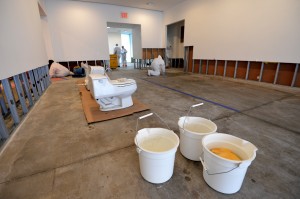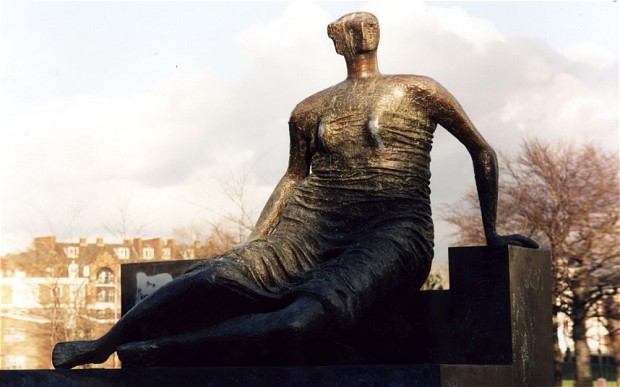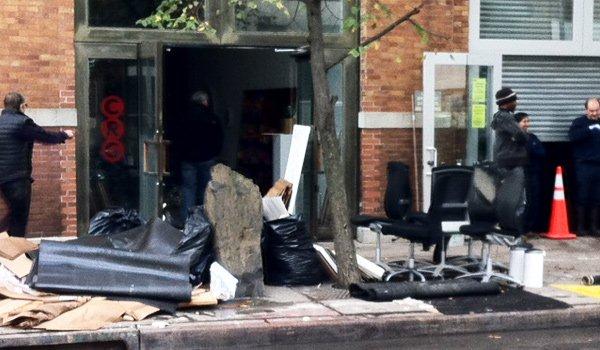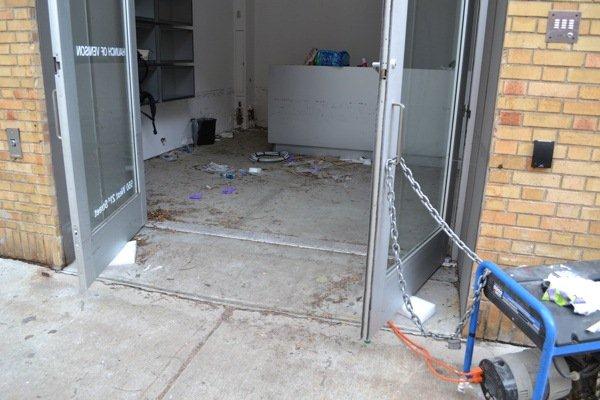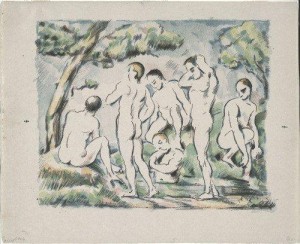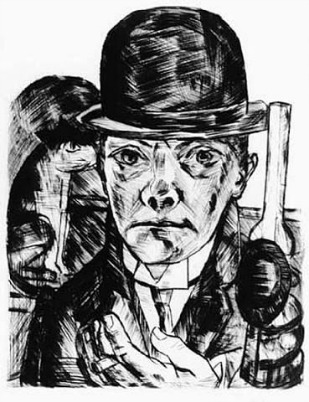The weather has been beautiful in New York, and galleries in Chelsea continue to reopen after cleaning up the aftermath of Hurricane Sandy. It’ll take a long time for complete recovery, though. The other day, Bloomberg reported that
Axa SA, the French insurer that underwrites more than $1 billion of art in Manhattan’s Chelsea district, said it has received $40 million in claims from Hurricane Sandy and has already sent checks to policyholders.
The company insures 66 galleries in Chelsea — you can at least quadruple that number to get a fuller idea of the damage among all Chelsea dealers.
A few more details from Bloomberg are here, and a trade website called PropertyCasualty360 has a more complete report here.
On Friday, the Art Dealers Association of America issues a press release noting that its Relief Fund had doubled in value to more than $500,000, with pledges coming “from galleries, private collectors, publications, and other non-profits and industry supporters.” They include $50,000 pledges from Art Basel, the Pace Gallery, Mitchell-Innes & Nash, and David Zwirner. Here is the full release — ADAA_Relief_Fundraising_Release_11_16_12.
And the Andy Warhol Foundation, the Robert Rauschenberg Foundation and the Lambent Foundation on Thursday announced a relief effort to assist artists and non-profit arts organizations who suffered serious damage from the storm — with the Warhol Foundation alone committing $2 million, half for organizations and half for artists. Details here.
Earlier in the week, I’d asked ADAA’s Executive Director Linda Blumberg to answer Five Questions. Here are her reponses:
1) Does ADAA have an estimate of damage to Chelsea galleries overall, and an idea of how many galleries might be eligible to apply to the relief fund? It’s too early to know the full extent of the damage. We just know the cost of re-building will be enormous.  Â
2) How many galleries have applied so far?  We have 20 applications to date. It is a rolling application process.
3) Three have won awards — how did they move the top of the line (I.E., using what criteria?) and what are the size of the grants? Actually, we distributed four grants last Friday and they were the first ones to apply. The size of the grants will depend on the amount of damage sustained and the need, but usually $10,000.
4) The fund started at $250,000 — how much is it now, and what plans does ADAA have to raise money for it? With donations from gallerists and others in the arts community, the ADAA Relief Fund has over doubled in size.
5) Do you know of galleries that were hit so hard that they simply will not reopen? I do not know of any and we hope that our program will help stop that from happening.
As you can see, help from ADAA — while worthwhile — won’t solve the problems of Chelsea’s galleries. Let’s hope they all had good insurance. Chubb and Castle Rock are among the other fine art insurance companies, but I couldn’t find their damage estimates online, at least.
Photo Credit: Getty Images via ArtInfo

